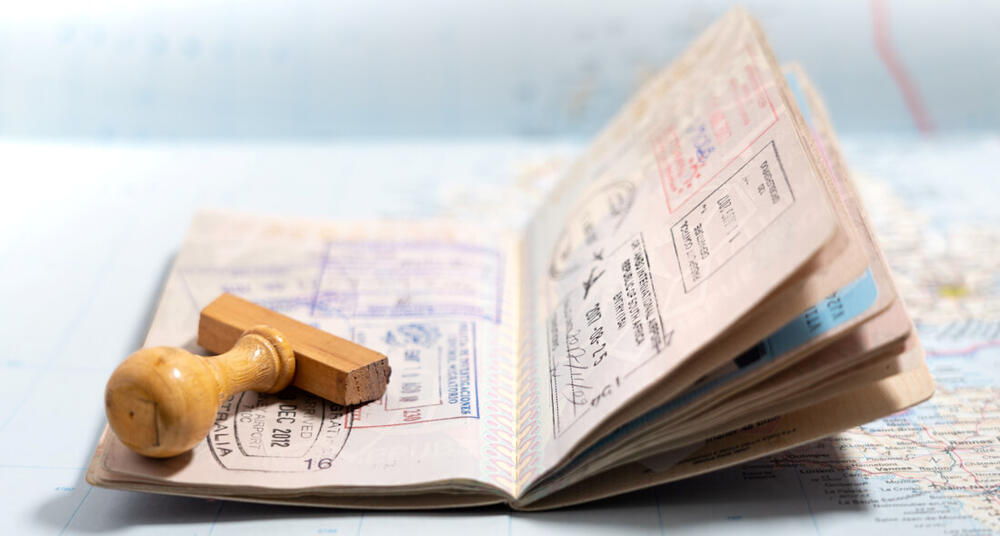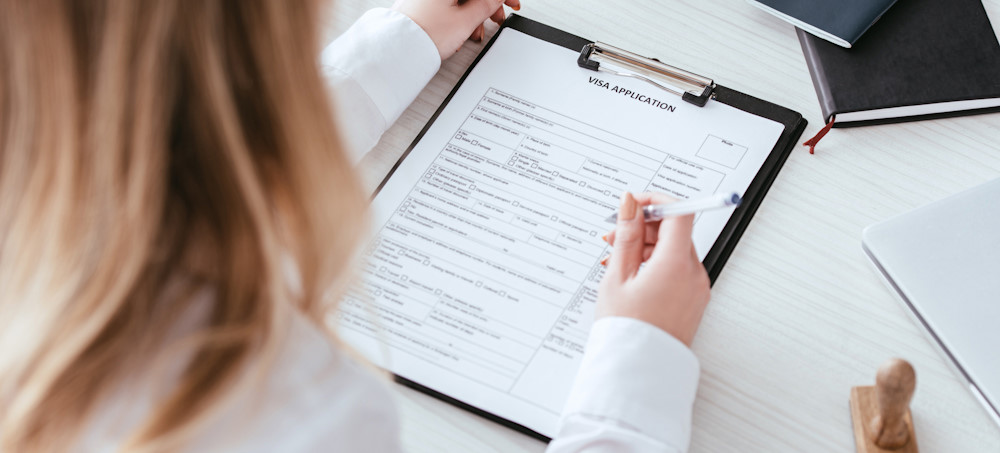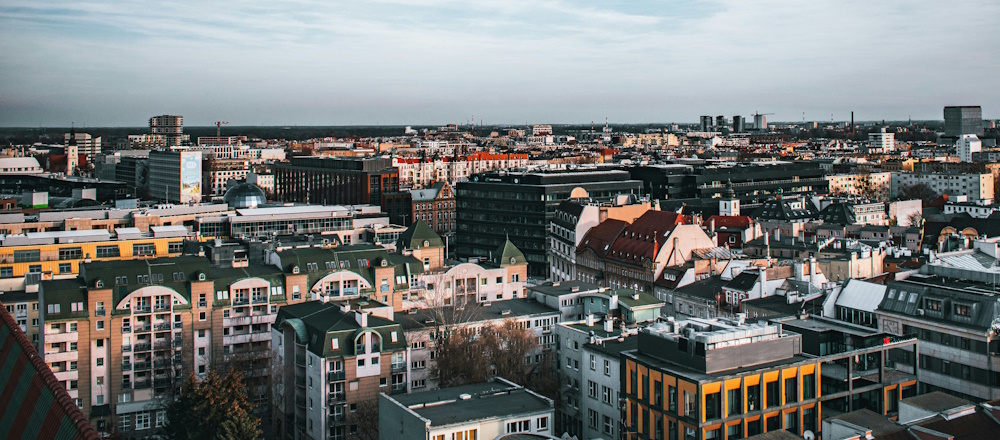Poland has adequate road networks and an extensive public transport system that makes getting around Poland a fairly easy task for expats whether they prefer to drive, fly, or go by bus or train. It is also easy to travel to cities outside the country via plane or high-speed train.
Getting Around in Warsaw
Getting Around in Kraków
Public transport in Poland
There are wide-reaching and efficient public transport links in Poland’s large cities. There is also an exhaustive system of intercity trains and buses for travelling around the country and to other European countries.
Tickets are available for purchase from kiosks, machines at stations and aboard buses and trains. For planning your journey, the e-podroznik.pl website and the Jakdojade mobile app are excellent resources that provide timetables and allow you to purchase tickets online. Jakdojade covers most cities in Poland and offers real-time public transport navigation with ticket-purchasing functionality.
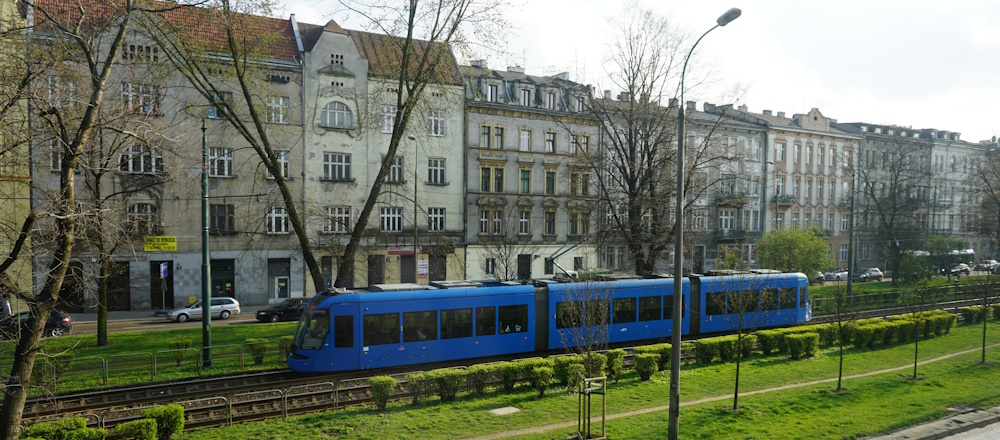
Trains
Trains are among the most popular ways to get around Poland. PKP Intercity operates high-speed services between major cities, with trains capable of reaching speeds up to 155 miles per hour (250 km/h). The company is expanding its fleet and plans to introduce new, even faster trains in the coming years. PKP’s newer trains come with comfortable seating, free Wi-Fi, power outlets, and restaurant cars or minibar trolleys.
You can travel by train between all major Polish cities and to neighbouring destinations like Budapest, Prague, Berlin and Vienna. Intercity, EuroCity and express trains serve the larger cities in Poland, while the regional and local trains stop in smaller towns and villages. Fares will depend on the type of train, the class, and the route.
Buses
Poland boasts a far-reaching intercity bus system that covers areas not serviced by train routes. Tickets are reasonably priced and can typically be bought at kiosks, from the bus driver, or online for greater convenience. Most modern buses offer Wi-Fi, air conditioning, and power outlets.
PKS Polonus and FlixBus are reputable companies that offer well-priced tickets. FlixBus (which absorbed PolskiBus in recent years) provides extensive domestic and international connections with a user-friendly online booking system. PKS Polonus is a traditional Polish carrier with a vast network of routes throughout the country.
Useful links
Taxis in Poland
There are many reliable and safe taxi services in Poland, but be wary of unofficial-looking taxis that hang around outside train stations and some hotels. They may be looking to take advantage of foreigners by overcharging.
Legitimate taxi companies usually mark their cars with logos. Legally, the driver should have a meter and a cash register in the cab, and drivers are obligated to give you a receipt when you pay the fare.
Taxi fares are generally affordable but increase on weekends, holidays and late at night. You might secure a lower rate if you phone and book the taxi in advance.
Alternatively, ride-hailing apps such as Uber and Bolt operate in Poland's major cities. Many people prefer using these apps as they give you more control over routes and prices while eliminating language barrier issues. FreeNow is another popular taxi app available in major Polish cities.
Useful links
Driving in Poland

Expats driving in Poland tend to find the process fairly straightforward and enjoyable. Road conditions are satisfactory, although snow and ice in winter can be hazardous. Just take the proper precautions and abide by all road rules to ensure your safety when driving in Poland.
Polish law requires drivers to always keep their headlights on. Only use fog lights during fog or heavy rain, and rear fog lights only when visibility drops below 160 feet (50m). While winter tyres aren't legally required in Poland, they're strongly recommended for your safety during colder months. Snow chains are allowed but should only be used on snow or ice-covered roads.
Be aware that Poland uses an electronic toll system called e-TOLL for motorways and some national roads. Toll fees are mandatory on designated roads for vehicles weighing more than 3.5 tonnes, while lighter vehicles pay tolls only on certain motorway sections.
Poland has very strict drink-driving laws. The legal blood alcohol limit is 0.2 mg per 100 ml (0.02 percent), which is effectively a zero-tolerance policy. Penalties for drink-driving are severe and include heavy fines, licence suspension, and possible imprisonment.
Driver's licences
EU and EFTA citizens can use their home country's driver's licence in Poland. If you're from elsewhere, you will need an International Driving Permit (IDP) for the first six months you are in Poland, after which you'll need to apply for a Polish driver's licence. This involves passing a theoretical driving test and providing medical certificates, although a medical certificate is rarely required unless your driver's licence is near expiration.
Domestic flights in Poland

For quicker travel between major Polish cities, you can use domestic flights operated primarily by LOT Polish Airlines. LOT offers connections between Warsaw and cities like Kraków, Wrocław, Gdańsk, Poznan, Rzeszów, Szczecin, and Katowice. The airline is expanding its capacity for domestic routes, adding additional seats to accommodate growing demand.
Most domestic flights take less than an hour, making them an efficient option if you're short on time. LOT is also modernising its fleet, which will improve the comfort and efficiency of domestic services.



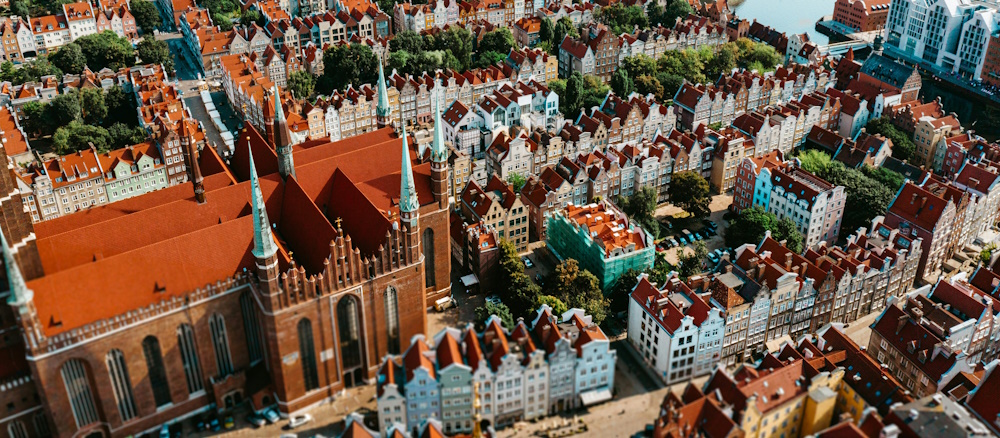
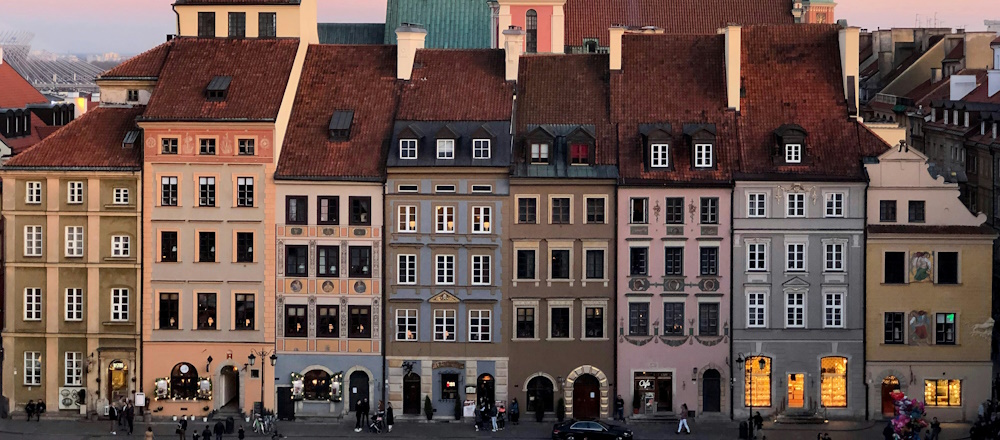
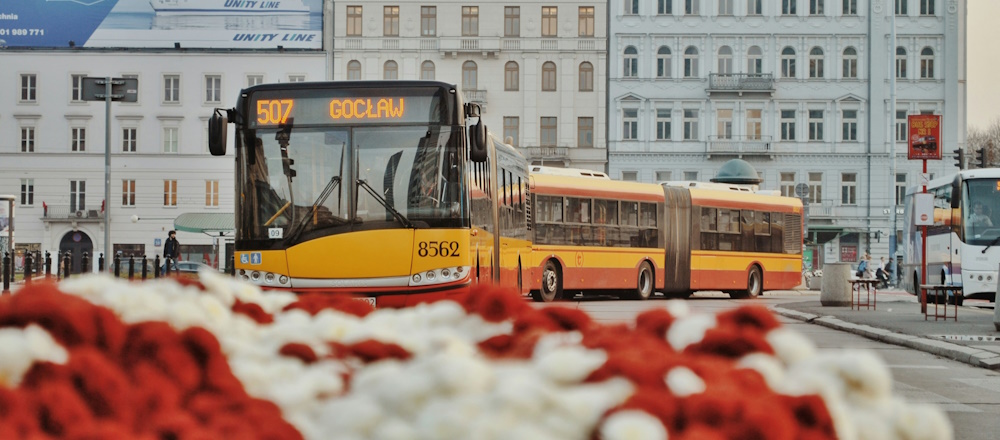






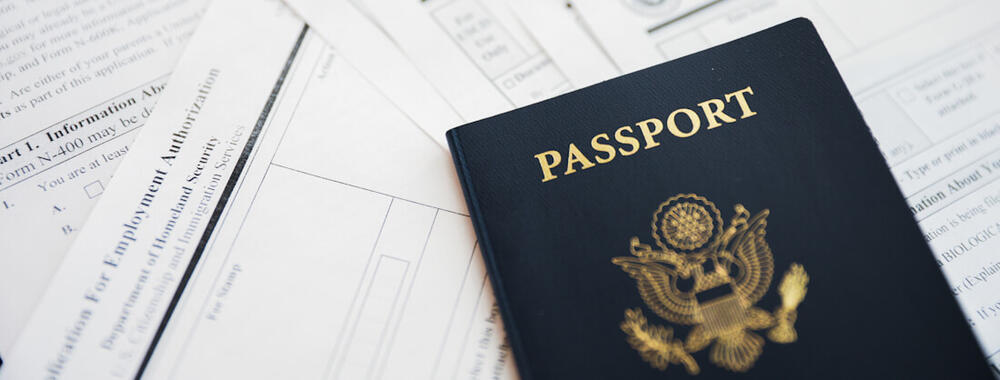


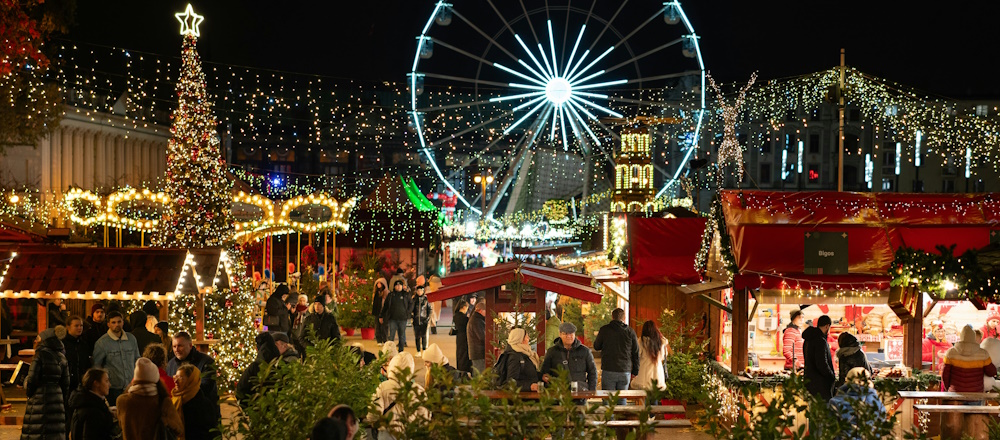
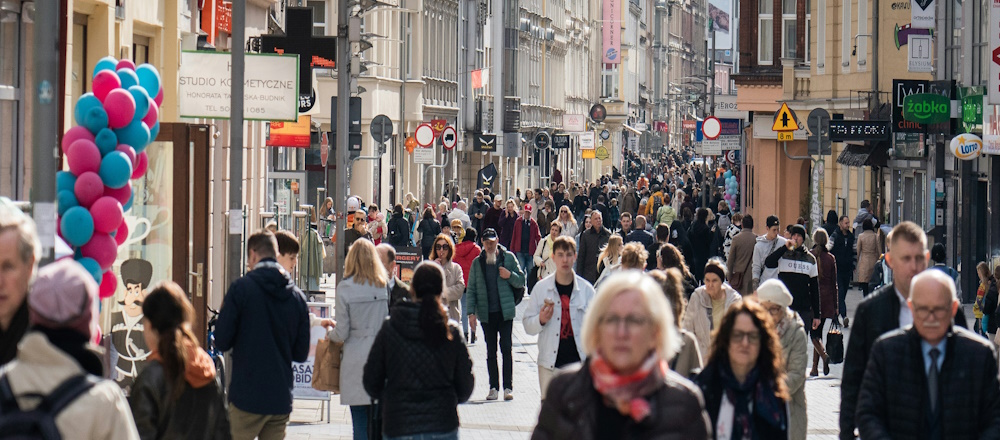
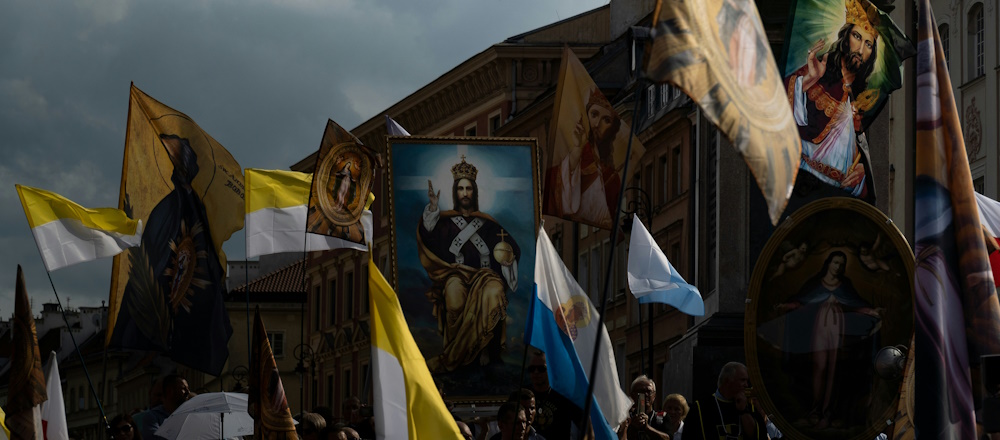




 Poland is a party to the Schengen Agreement, and therefore nationals of the European Union (EU), the European Free Trade Association (EFTA), and those nationals of a designated country list drawn up by the Polish government, including US, Australian, New Zealand and Canadian nationals, are afforded visa-free entry into Poland for holiday or business purposes for up to 90 days.
Poland is a party to the Schengen Agreement, and therefore nationals of the European Union (EU), the European Free Trade Association (EFTA), and those nationals of a designated country list drawn up by the Polish government, including US, Australian, New Zealand and Canadian nationals, are afforded visa-free entry into Poland for holiday or business purposes for up to 90 days.